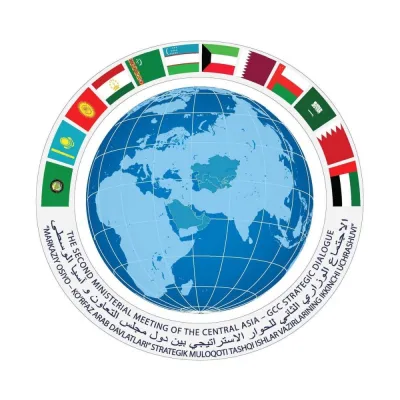By Pratap John
The sharp decline in the crude oil prices would put “some pressure” in equity markets in the region and cause the three major Gulf Co-operation Council markets including Qatar to shed lots of their previous gains in the year, QNB has said in a report.
In its latest “investment outlook” QNB said it was moving from “positive to neutral” vis-à-vis the GCC region mainly because of the sharp decline in the crude oil prices, which is the driving force of the economies in Gulf countries. The three major GCC markets are Saudi Arabia, Qatar and the UAE.
“The sentiment is that those governments might reduce the public spending in the medium/long term, which will reflect on the equity market and made some of the investors reduce their positions in big sectors like petrochemicals. We are expecting a healthy correction before any rally ahead of the year-end earnings and dividend season. The fundamentals are still strong in the region,” QNB said.
On bonds, QNB said it remained “underweight” despite emerging market bonds had a positive evolution in October. The US 10-year bill yield decreased. The Federal Reserve officially ended its Quantitative Easing, but the market had already priced that in.
“Overall the tendencies are mixed as markets are trying to estimate the timing of the dollar interest rates increase,” QNB said.
QNB is “neutral” on commodities as their prices are expected to “remain weak” for the remainder of 2014 and perhaps through much of 2015. Crude oil has seen one of the sharpest declines.
In agriculture, QNB is expecting a variation across different types of crops but a weakness in prices overall.
Economic growth in the US, the eurozone, China and emerging markets (EMs) is likely to be slower in the fourth quarter on disinflationary pressures, while lower commodity prices might dent the outlook for selected GCC and Sub-Sahara African (SSA) countries, QNB said.
In the GCC region, Saudi Arabia’s PMI index for October retreated (59.8) from its peak in September (61.8) on lower crude oil prices.
At the same time, the UAE’s October PMI rose from its September dip, reaching a new record.
“This mixed response to lower oil prices suggests that the positive outlook for the region will remain. We therefore keep our growth forecast at 4.5%-5% for 2014 and 5%-5.5% in 2015,” QNB said.
In the US, the revised third-quarter real GDP growth has come in at a stronger-than-expected 3.9%, pushed up by large one-off government expenditures. However, the decline in consumer and business spending in October, together with a fall in the flash Purchasing Manager Index (PMI) for November, suggest slower fourth-quarter growth.
“Overall, we maintain our forecast for US real GDP growth of 1.5%-2% in 2014 and 2%-2.5% in 2015” QNB said.
On eurozone, QNB is “negative” with its Q3 real GDP growth slightly stronger than expected (0.2%), but with Italy remaining in recession. The November flash composite PMI and consumer confidence indexes were weaker than expected, while lower commodity prices increase the spectre of deflation.
“As a result, we expect the eurozone to grow only 0.0%-0.5% in 2014 and 1% to 1.5%- in 2015,” QNB said.
On China, QNB said the HSBC flash manufacturing PMI declined for the first time (in six months) in November, on lower export orders, while October bank credit data was weaker than expected.
“This confirms our views that the economy is slowing, despite the significant monetary stimulus from the central bank, including the recent cut in interest rates. We therefore maintain our projections of 7% to 7.5%- for 2014- 15 on a gradual slowdown in economic growth,” the report said.



